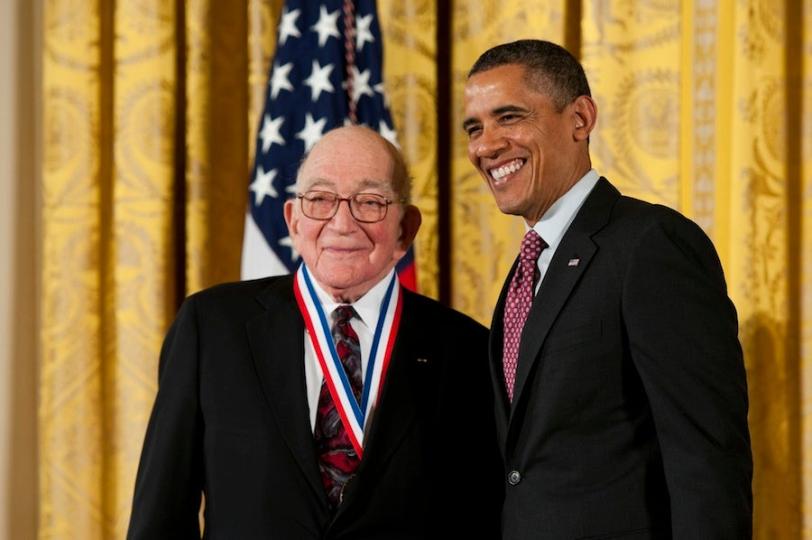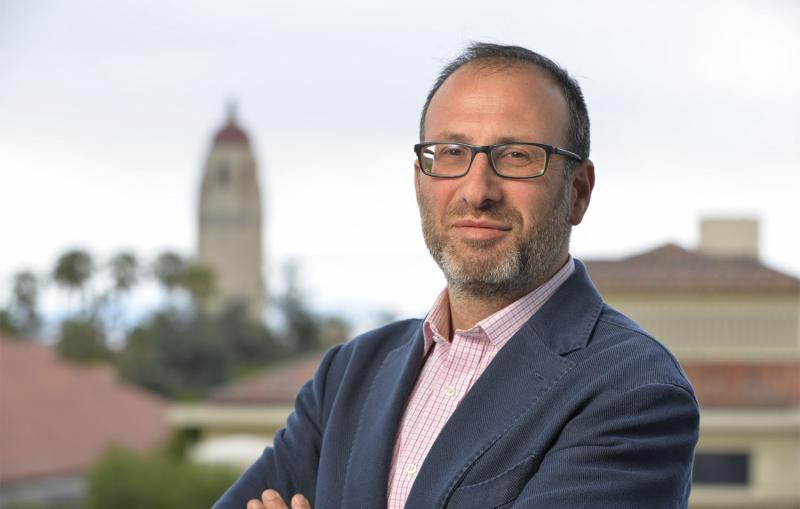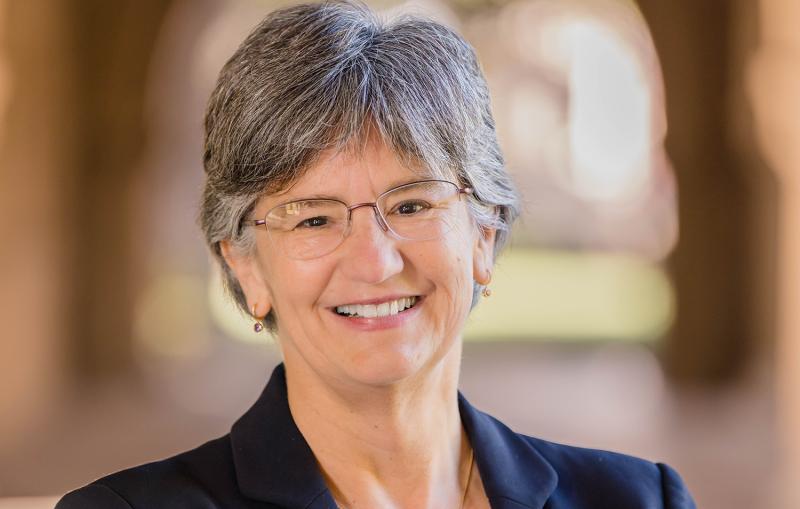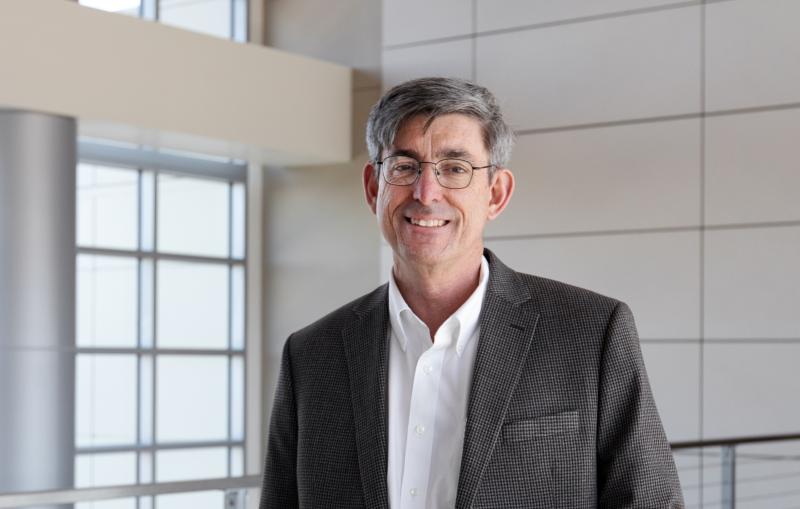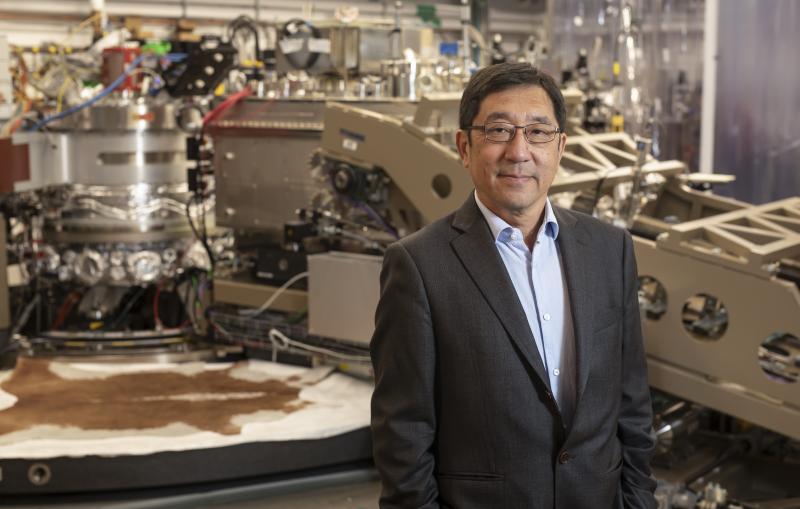Obama Honors Sidney Drell with National Medal of Science
SLAC Deputy Director Emeritus and Stanford University Hoover Senior Fellow Sidney Drell was one of 12 distinguished researchers presented with the National Medal of Science by President Barack Obama in a Feb. 1 ceremony at the White House.
By Lori Ann White
SLAC Deputy Director Emeritus and Stanford University Hoover Senior Fellow Sidney Drell was one of 12 distinguished researchers presented with the National Medal of Science by President Barack Obama in a Feb. 1 ceremony at the White House.
An emeritus professor of theoretical physics at SLAC and member of the Hoover Institution's Shultz-Stephenson Task Force on Energy Policy, Drell was recognized for “contributions to quantum field theory and quantum chromodynamics, application of science to inform national policies in security and intelligence, and distinguished contributions as an advisor to the United States Government."
The medal recipient selections were announced in late December. “It was a surprise Christmas present,” Drell said. “Obviously, I was very pleased to hear the news.”
Drell made many significant contributions to particle physics and quantum theory during his tenure at SLAC, including research on quantum electrodynamics, which describes the interactions of matter and light, and quantum chromodynamics, which describes the behavior of quarks and gluons – two of the most fundamental constituents of matter.
Working with SLAC research associate Tung-Mow Yan, he formulated the Drell-Yan process, which explains what happens when a quark in one particle and an antiquark in a second particle annihilate into an electron and a positron.
And while serving as deputy director of SLAC for almost 30 years during its heyday as a groundbreaking particle physics facility, Drell somehow found the time and energy to establish himself as a trusted advisor on national security issues.
Drell is one of the original members of JASON, a group of academic scientists established in 1960 that advises the government on issues of national importance. He has chaired panels on national security in both the House and the Senate, consulted for several national security agencies and served on the President's Foreign Intelligence Advisory Board and the President's Science Advisory Committee.
Drell was among the first to grasp the need for space-based reconnaissance, and in 2000 was one of 10 scientists honored as “founders of national reconnaissance as a space discipline” by the U.S. National Reconnaissance Office.
Among his many awards and honors, Drell garnered a 1984 MacArthur Foundation “genius grant” recognizing his work in international security; the 2000 Enrico Fermi Award, the nation's oldest award in science and technology; the Heinz Award for contributions in public policy; and the National Intelligence Distinguished Service Medal.
He is also a member of the National Academy of Sciences, the American Academy of Arts and Sciences and the American Philosophical Society.
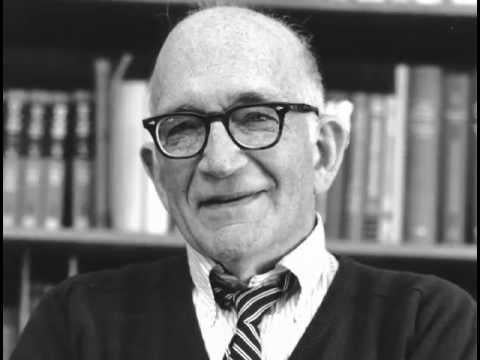
Sidney Drell - 2011 National Medal of Science
Of the Feb. 1 ceremony in Washington, D.C., Drell described it as a "very nice occasion. The President was very complimentary about my work and was photographed with my family," which included son Daniel Drell and daughters Joanna Drell and former SLAC Director Persis Drell, who stepped down in October 2012 after leading the lab for five years.
"I felt very privileged, very honored," he added.
Drell earned his Ph.D. from the University of Illinois at Urbana-Champaign in 1949 and then tested the water at Stanford University as a physics instructor before accepting a faculty position at the Massachusetts Institute of Technology. It wasn’t long, though, before Stanford drew him back: In 1956, he was one of the leaders of a talented group of researchers lured west by the promise of using linear accelerators to study particle physics.
After SLAC was founded in 1962 as the site for such an accelerator, Drell followed its legendary first director, Wolfgang “Pief” Panofsky, to the lab.
“He was one of the leaders in the then-evolving theory of quantum electrodynamics, and important to me since I was testing the theory experimentally. It passed,” said SLAC Director Emeritus and Nobel laureate Burton Richter. “At SLAC, besides doing his own first-class theory work, he created a group that attracted many of the most promising young physicists of the day – many of whom went on to become leaders of the field. We worked together for many years, and I am delighted at this well-deserved recognition."
Drell served as deputy director of the lab from 1969 to 1998 while conducting his own research and shepherding young theorists along. One of them, retired SLAC physicist James “BJ” Bjorken – who co-authored two textbooks with Drell – said of his long-time teacher, colleague and mentor: “He’s a wise man. The word ‘wisdom’ fits him even better than intelligence, though he’s got plenty of both, of course.”
Following his retirement from SLAC in 1998, Drell moved to the Hoover Institution. The focus of Drell’s recent work at Hoover has been nuclear nonproliferation, and he has written a number of books, papers and reports on the subject, all of which were published by the Hoover Institution Press. He is one of the principals in this effort, along with Hoover fellows George Shultz and William Perry and Hoover visiting fellows Henry Kissinger and Sam Nunn.
Their work was profiled in a recent book titled The Partnership: Five Cold Warriors and Their Quest to Ban the Bomb.
“I join Sid’s legions of friends and colleagues in congratulating him on this richly deserved award,” said Shultz, who has worked extensively with Drell. “Sid is more than an outstanding physicist. He has used his vast knowledge to improve national and international security, most especially in our efforts to get better control of nuclear materials with the goal of eliminating the threat posed by nuclear weapons.”
SLAC Director Chi-Chang Kao said, “We are very pleased Sid has received this recognition. He has spent a lifetime serving his country by expanding the boundaries of our knowledge of the natural world and by using his discoveries to make us all safer. I cannot think of anyone more deserving of this award.”
In addition to Drell, Stanford Professor Lucy Shapiro was also awarded the National Medal of Science on Friday. She is in the Department of Developmental Biology at the Stanford University School of Medicine, where she holds the Virginia and D. K. Ludwig Chair in Cancer Research. And she, too, is a member of the Shultz-Stephenson Task Force on Energy Policy.
Shapiro has received multiple honors, including election to the American Academy of Arts and Sciences and the National Academy of Sciences.
Watch the official White House video of the Feb. 1 ceremony on YouTube.
Contact
For questions or comments, contact the SLAC Office of Communications at communications@slac.stanford.edu.
